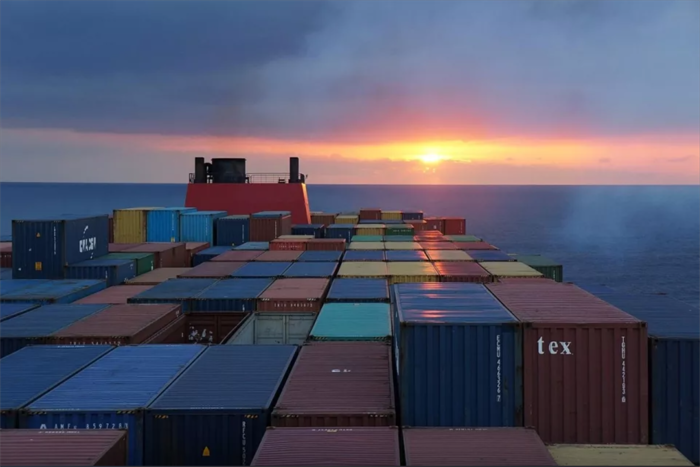Shippers encounter exorbitant rates and contract rollovers as carriers selectively prioritize higher-paying cargo
Shippers are urgently expediting their orders to mitigate the prolonged transit times from Asia to Europe, caused by the rerouting of vessels around the Cape of Good Hope.
However, the scarcity of equipment in Asia, stemming from delayed backhaul voyages, is severe, leading to constrained container release, primarily catering to large-volume 'VIP contracts' or shippers willing to pay a substantial premium. Despite these efforts, there's no absolute assurance that containers at the quay will be shipped before the Chinese New Year on February 10, as carriers prioritize higher-paying spot cargo and roll over low-rated contracts.
Reports indicate carriers are demanding "eye-watering rates," exceeding $10,000 per 40ft for space on China-North Europe sailings in February. Xeneta chief analyst Peter Sand advises shippers not to feel complacent with relatively low freight rates until the supply chain disruption is resolved. Long-term rate agreements are reportedly not being honored, forcing shippers onto the spot market.
Container spot indices, reflecting short-term rates, continue to climb. The WCI North Europe component increased by 23% this week to $4,406 per 40ft, marking a substantial 164% surge since December 21. Spot rates from Asia to the Mediterranean rose by 25%, representing a 166% increase.
Equipment shortages and Panama Canal draught restrictions have driven up transpacific rates. Asia-US west coast spots rose by about a third in value since December, reaching approximately $2,800 per 40ft. Average rates to the east coast increased by 36% to about $4,200 per 40ft. Carriers are introducing new FAK rates from January 15, targeting $5,000 per 40ft for the US west coast and $7,000 for east and Gulf coast ports.
Transatlantic rates remain relatively stable, with the North Europe to the US east coast spot reading down 1.5% at $1,443 per 40ft. However, impending rate restoration and peak season surcharges, scheduled to begin in February, along with the diversion of empty boxes and surplus vessel capacity for backhaul Asia voyages, are anticipated to drive up transatlantic rates in the coming weeks.
